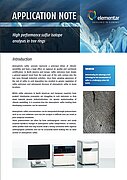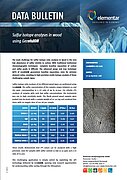Verifying origin with stable isotopes in a time of global regulatory change
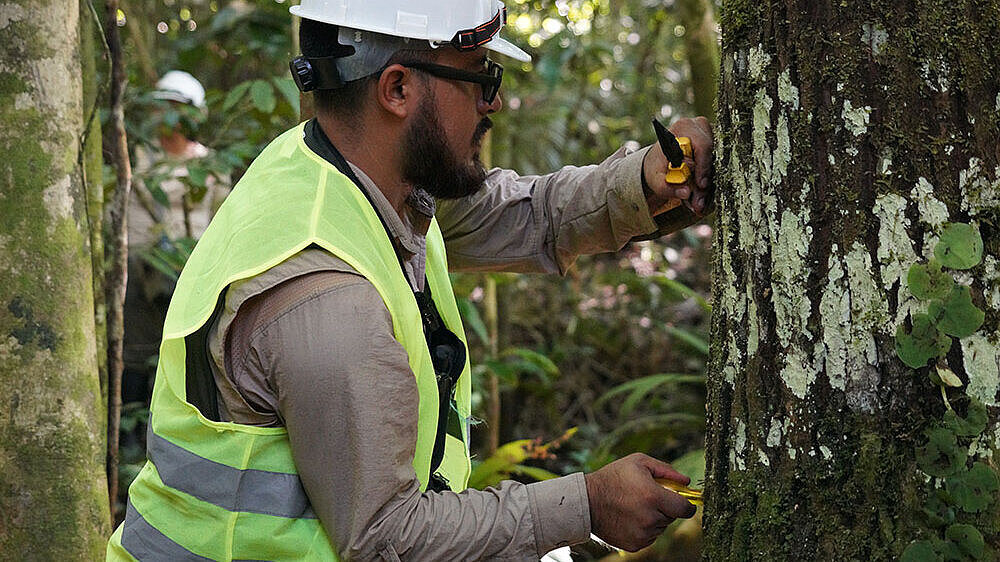
In today’s fast-changing regulatory environment, verifying the geographic origin of natural products is no longer optional, it’s becoming a legal requirement. The EU Deforestation Regulation (EUDR), forced labour prevention measures and a wave of due diligence laws are shifting the burden of proof: importers, producers and brands must now demonstrate, not just declare, where products come from.
Stable Isotope Ratio Analysis (SIRA) has emerged as one of the most effective tools to meet these expectations. Whether verifying the origin of timber, soy, shrimp, coffee or other commodities, SIRA offers a science-based method that links materials to the environmental conditions in which they were grown. This shift from trust to evidence is reshaping compliance strategies across supply chains.
Verifying origin through chemistry
SIRA works by measuring the natural variation in isotope ratios within materials, a chemical fingerprint shaped by local rainfall, soil, geology and biological processes. These isotopic signatures are recorded by plants and animals, forming a link to their origin that can be analyzed and compared against verified benchmarks.
The case for credible references
For SIRA to stand up to regulatory or legal scrutiny, results must be grounded in scientifically robust and comprehensive reference datasets. This means building databases of known-origin material that are collected using consistent protocols, processed through validated methods and structured so the results can be interpreted by non-specialists.
Despite the scientific acceptance of SIRA as a tool for origin verification, its wider adoption has been significantly limited over the past decades by a critical bottleneck: the lack of accessible, credible reference datasets. Developing such databases has traditionally required high overhead investment, complex infrastructure and long-term funding. As a result, SIRA’s promise has often gone unrealized, not because of limitations in the science, but because the wider ecosystem of accessible, authentic databases were not there.
What’s changing now is the emergence of new models that treat reference datasets as shared resources rather than proprietary assets. These models prioritise open governance, transparent methodology and collaboration across public and private sectors. By lowering the barrier to participation and making reference data more accessible, they enable a broader range of stakeholders to adopt SIRA as a reliable, regulation-ready technique.

Replicable models for cross-sector challenges
One exciting example of this new approach is World Forest ID (WFID), a not-for-profit organisation that builds georeferenced sample collections for forest-linked commodities. WFID collaborates with multiple laboratories worldwide on the analysis of these samples to ensure that isotopic data is reproducible and verifiable across contexts.
Jade Saunders, Executive Director of WFID, explains the challenge: “We’re trying to balance transparency and security. We want to be as transparent as possible about where the data comes from and how it is used, but we also have to ensure that we don’t inadvertently show people how to game the system.” She adds, “We’re not doing this to lock up the data and monetise it over time. We’re doing it so that enforcement officials, certification bodies and businesses can access credible science. We see this work as building a new global public system.”
Importantly, this powerful new model, pioneered by WFID, should not be limited to forests. The same concept of shared protocols, distributed lab networks, transparent governance and strong analytical foundations can and should be replicated across other regulated sectors, for the benefit of businesses and consumers.
In food fraud, for example, SIRA can distinguish authentically produced foods such as honey, wines and whiskeys from copies with bogus origin claims. In wildlife trade, it can separate legally sourced specimens from illicit ones. In criminal forensics, it can help investigators determine where a contraband material came from. Across all of these, Elementar’s technology, combined with a transparent, comprehensive database solution can provide the scientific results to underpin the ability for businesses to make verifiable claims about a products origin.
Confidence that travels
Data is only credible if it is reproducible. Cross-lab validation, blind proficiency testing and accreditation-aligned methods are essential to building trust in the results. For organisations like WFID, this includes sending subsets of reference samples to multiple labs to ensure replication. “We send off the primary batch of samples and then a subset of those goes to a second lab,” Saunders explains. “We check that both labs are able to get the same information from the same material, so that we can ensure the data is replicable, not just precise in a single lab. ISO 17025 accreditation provides confidence in technical performance and traceability.”
Elementar supports this process by offering instruments engineered for precision and consistency, along with application support that aligns with accreditation needs. This empowers labs to contribute to global reference efforts without compromising on quality.
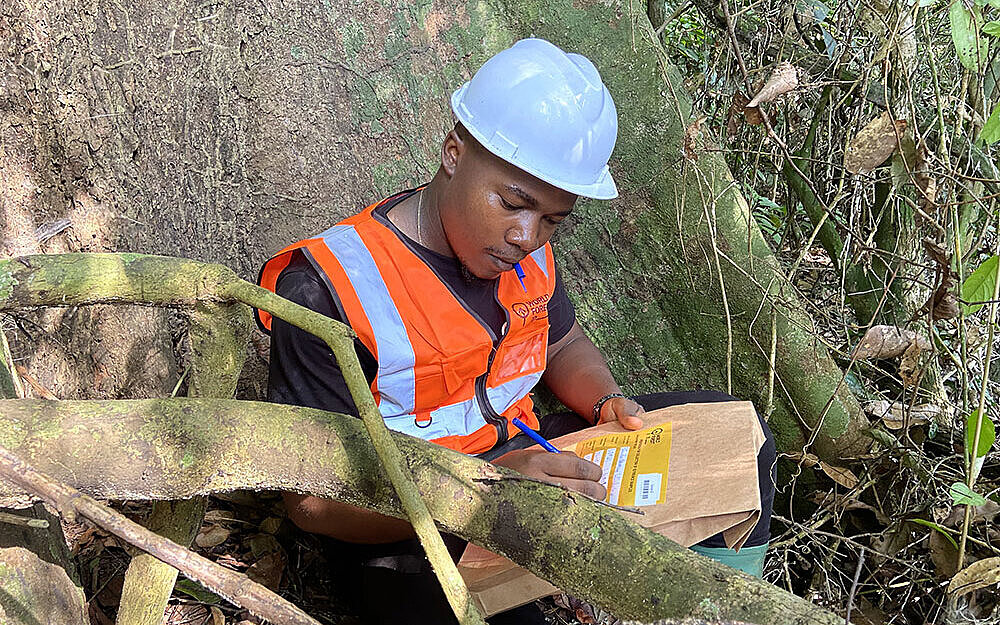
Elementar’s role in making origin science accessible
Elementar plays a critical enabling role in scaling stable isotope science for real-world use. From developing instruments designed for routine, high-throughput performance to supporting labs with training and accreditation guidance, the goal is to make advanced analytical chemistry practical, accessible, and decision-ready.
Whether in forestry, food regulation, customs enforcement, or certification bodies, Elementar’s partners rely on reproducible data to meet rising regulatory expectations. By helping to build and support reference datasets and ensuring interoperability between labs, Elementar lowers the barrier to reliable origin verification across industries.
Why it matters
As global regulations grow and consumer trust in green claims erodes, SIRA offers an objective path forward. It makes origin measurable and moves the conversation from assertion to verification.
Whether in forests, farms, fisheries or forensic labs, doing good science, openly and collaboratively, is now a practical necessity. By supporting unique and exciting not-for-profits like WFID, Elementar helps make origin science both credible and scalable.
As Jade Saunders of WFID puts it: “We’re doing science in a way that challenges the traditional commercial model — openly, transparently and for the public good.” And that, ultimately, is what regulation demands, and the planet requires.
Related downloads

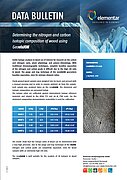
Keep up to date with news from Elementar
NEWSLETTER
We will constantly publish new blog articles. Register for our newsletter to stay up-to-date and get informed about latest blog articles, news and trends.

